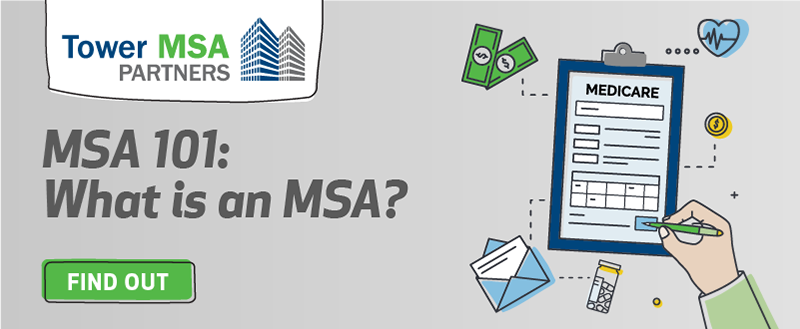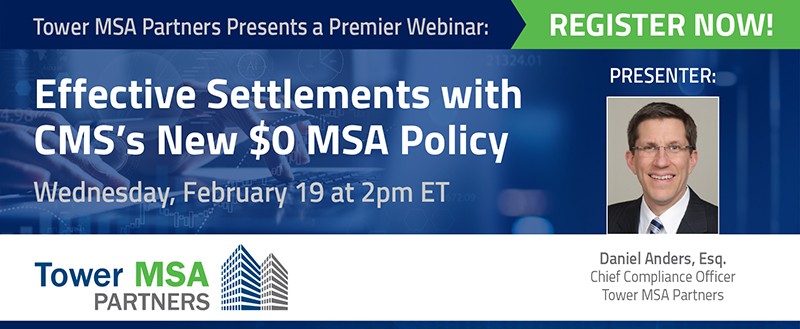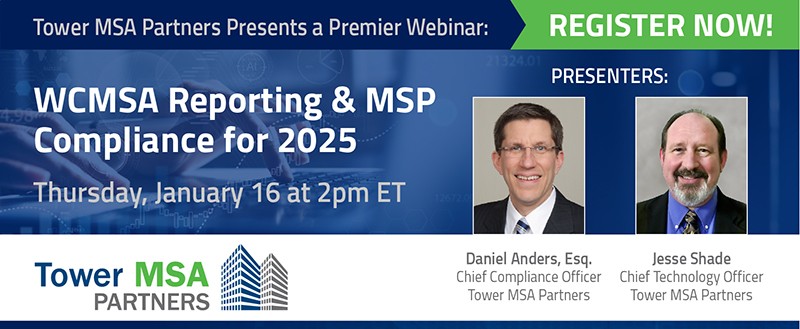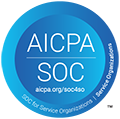This is the first in a series of articles on the basics of Medicare Set-Asides (MSA) that Tower will be releasing in the coming weeks. For those familiar with MSAs, think of this as a refresher on what an MSA is, how it operates, what it contains, and when you should use one. If you are new to MSAs or have limited experience with them, consider this as your MSA 101 course. Enjoy!
In the world of workers’ compensation, ensuring that Medicare’s interests are protected is a critical component of settlement negotiations. This is where an MSA comes into play. If you’ve ever wondered what an MSA is, why it’s necessary, and how it impacts claim settlements, this article will provide you with a foundational understanding.
What is a Medicare Set-Aside (MSA)?
A Medicare Set-Aside (MSA) is an arrangement that allocates a portion of a workers’ compensation settlement to cover future medical expenses related to the work-related injury, ensuring that Medicare does not pay for treatment that should be covered by the settlement. This amount is “set aside” in a designated account and is used exclusively for Medicare-covered medical expenses associated with the injury.
Think of an MSA as a financial reserve specifically designated for medical costs, helping claimants maintain Medicare eligibility while ensuring compliance with the Medicare Secondary Payer (MSP) Act.
Why are MSAs Necessary?
- Compliance with the Medicare Secondary Payer (MSP) Act
The MSP Act prevents Medicare from paying for medical expenses when another entity (such as a workers’ compensation insurer) is responsible. If an injured worker is eligible for Medicare (or expected to be soon), an MSA helps ensure that Medicare is not burdened with costs that should be covered by the settlement.
- Protecting the Injured Worker’s Medicare Benefits
If a settlement does not properly account for future medical costs, Medicare could deny payments for treatment related to the injury. This could leave the injured worker responsible for medical expenses that should have been accounted for in the settlement.
- Avoiding Legal and Financial Risks
Failure to properly allocate funds for future medical expenses can lead to compliance issues with the Centers for Medicare & Medicaid Services (CMS). In some cases, CMS may pursue recovery from both the claimant and the insurer, leading to unnecessary legal and financial complications.
How Does an MSA Work?
- Case Evaluation
- A review is conducted to determine if an MSA is necessary, typically for claimants who are Medicare-eligible or expected to become eligible within 30 months.
- Medical history and projected future treatment costs are assessed.
- MSA Allocation Report
- A professional allocation report is developed to estimate the future medical costs that Medicare would typically cover over someone’s lifetime.
- CMS Submission (Optional but Recommended)
- If certain review thresholds are met, the MSA proposal can be submitted to CMS for approval to ensure compliance. While not always required, CMS approval provides protection against future disputes.
- Funding and Administration
- The MSA can be funded as a lump sum or through structured payments.
- The funds must be used exclusively for medical expenses related to the work injury.
- The MSA account can be self-administered by the claimant or managed by a professional administrator to ensure proper usage and record-keeping.
- Exhaustion and Medicare Coverage
- Once the MSA funds are properly spent and exhausted, Medicare assumes responsibility for injury-related medical expenses.
Who Needs an MSA?
Not every workers’ compensation claim requires an MSA. However, they are generally recommended when:
- The claimant is Medicare-eligible (65+ or receiving SSDI) or expected to be Medicare eligible in the next 30 months.
- The settlement includes funds for future medical treatment related to the work injury.
- The claim involves significant ongoing medical expenses that would typically be covered by Medicare.
If these conditions apply, it is crucial to evaluate whether an MSA is needed to avoid compliance risks and ensure the claimant’s continued access to care.
Final Thoughts
A Medicare Set-Aside is an essential tool for protecting Medicare’s interests, ensuring compliance with federal regulations, and securing long-term medical coverage for injured workers. By understanding what an MSA is and why it matters, all parties involved in a workers’ compensation claim—insurers, employers, attorneys, and injured workers—can make informed decisions that align with best practices and regulatory requirements.
If you’re navigating a workers’ compensation settlement and unsure whether an MSA is necessary, Tower MSA Partners is here to help. Our team specializes in developing compliant and cost-effective MSAs, ensuring that your settlement is both strategic and Medicare-compliant.
Stay tuned for our next blog in this series: “How Does an MSA Work?” where we’ll dive deeper into the MSA components.
Want to discuss your MSA needs? Contact Tower MSA Partners today.











